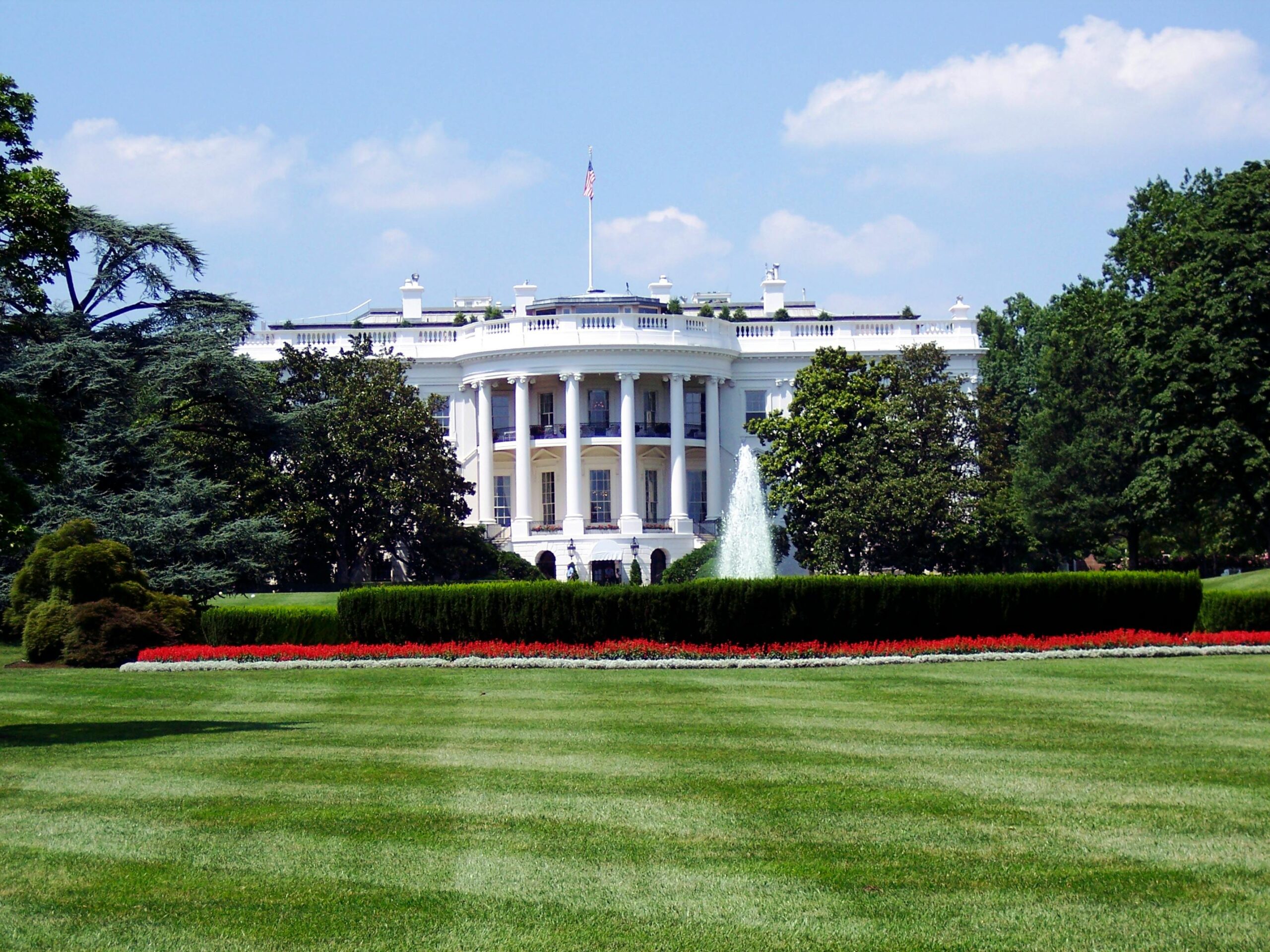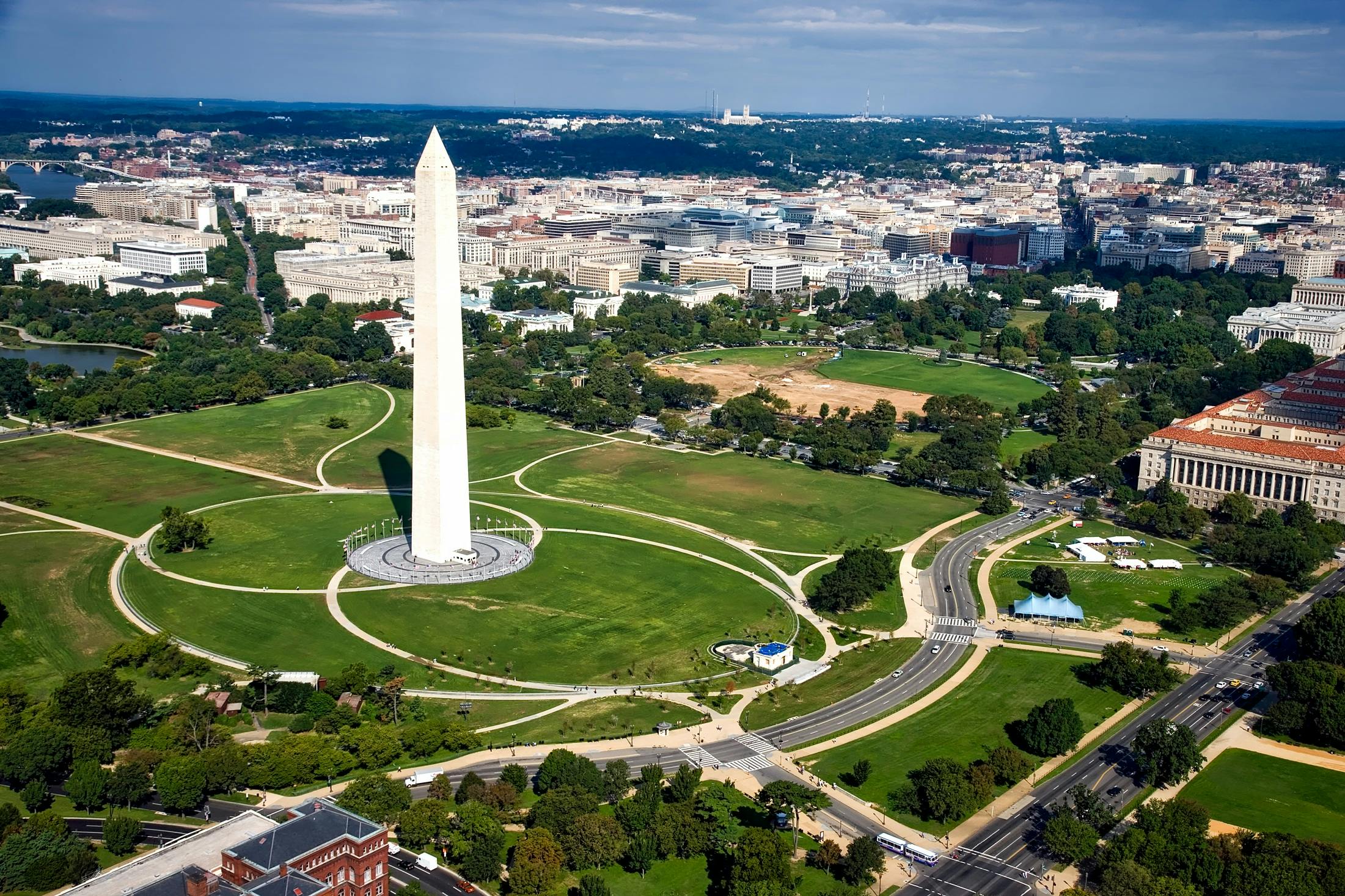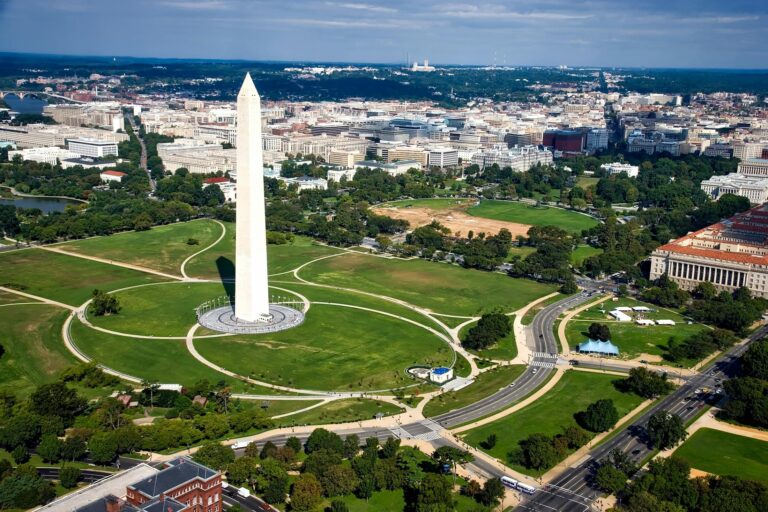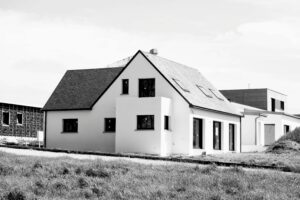
President Donald Trump has officially unveiled his most ambitious construction project yet: a massive triumphal arch to be built across from the Lincoln Memorial in Washington, D.C., to commemorate America’s 250th anniversary. Dubbed the “Arc de Trump” by critics and supporters alike, the monument would rival the size of the Lincoln Memorial itself and bears a striking resemblance to Paris’s iconic Arc de Triomphe.
The president revealed detailed plans for what he’s calling the “Independence Arch” during a White House dinner Wednesday evening, displaying multiple scale models and renderings to attendees who had contributed to his $250 million ballroom construction project. Holding up miniature versions of the proposed structure in small, medium, and large sizes, Trump made clear his preferences: “I happen to think the large by far looks the best.”
A Monument at the Memorial Bridge
According to the plans showcased at the dinner, the Independence Arch would be positioned at one end of the Arlington Memorial Bridge, which crosses the Potomac River connecting Virginia to the District of Columbia and the Lincoln Memorial. Specifically, the monument would sit in the center of the Memorial Circle roundabout at the entrance to the bridge, facing the direction of the White House.
The structure would feature Lady Liberty on top and, based on the models and renderings, would stand approximately as tall as or slightly taller than the Lincoln Memorial, which was completed in 1922. The neoclassical design draws clear inspiration from the Arc de Triomphe in Paris, which was commissioned by Napoleon in the early 19th century to commemorate fallen soldiers during his military campaigns.
Trump has told advisers directly that he wants to base the arch off the Parisian monument, which has become one of the world’s most recognizable symbols of national triumph and military glory. The comparison to Napoleon’s monument has not been lost on critics, who note the French emperor’s complicated legacy and authoritarian rule.
From Speculation to Official Unveiling
While the formal announcement came Wednesday evening, speculation about the project had been building for weeks. Models of the proposed arch were spotted on Trump’s Oval Office desk during a press conference alongside FBI Director Kash Patel and Attorney General Pam Bondi, and again when Trump met with Finnish President Alex Stubb last week. AFP correspondent Danny Kemp photographed the models and shared images on social media, sparking immediate speculation about Trump’s plans.
At the end of one press conference, CBS reporter Ed O’Keefe asked Trump about the arch model visible on his desk. “Who is it for?” O’Keefe inquired. Trump’s response was characteristically blunt: “Me. It’s going to be beautiful.” When O’Keefe suggested “The Arc de Trump?” as a potential name, the president did not object to the moniker.
The official “Donald Trump for President” Facebook page, which has more than six million followers, posted a rendering in September featuring a virtually identical design in the same location, explicitly linking it to celebrations for the 250th anniversary of U.S. independence in 2026. Trump himself shared a watercolor rendering on Truth Social last week created by Nicolas Leo Charbonneau, a partner at architectural firm Harrison Design, who posted the image with the caption “America needs a triumphal arch.”
The Designer’s Vision
Charbonneau appears to be a strong candidate to serve as the project’s architect. His rendering, shared in early September 2025, proposed the triumphal arch specifically to mark Independence Day in 2026. Trump’s enthusiastic sharing of Charbonneau’s work on social media suggests the president has embraced this particular vision for the monument.
The design includes Corinthian columns, with one White House official telling reporters that Trump “is more of a Corinthian man” when it comes to architectural preferences. This classical style aligns with an executive order Trump signed in late August promoting “classical” architecture inspired by ancient Rome and Greece for federal buildings.
Part of a Broader Building Spree
The Independence Arch represents just one element of Trump’s extensive efforts to reshape Washington’s physical landscape during his second term. Since returning to office, the president has undertaken numerous high-profile construction and renovation projects at the White House and around the capital.
Most prominently, Trump is overseeing construction of a new $250 million ballroom addition to the White House, with leftover funds from that project potentially being redirected to the arch construction. He has also undertaken extensive renovations to the White House itself, including paving over the Rose Garden lawn and replacing it with picnic tables and yellow and white umbrellas reminiscent of his Mar-a-Lago resort in Florida.
The Oval Office has been transformed with golden decor, including gold-trimmed chairs, doorways, and portrait frames—a marked departure from the more subtle color schemes favored by previous presidents. Trump has also replaced tile floors in the bathroom of the Lincoln Bedroom and removed trees from the South Lawn.
Inside the White House, Trump has established a presidential walk of fame featuring photos and memorabilia from past presidents, though he notably installed a photo of former President Joe Biden’s autopen signature rather than Biden’s official portrait, drawing criticism from historians and Biden supporters.
Reactions and Controversy
The project has generated immediate controversy and comparisons to monuments built by authoritarian regimes. Some observers noted similarities not only to Paris’s Arc de Triomphe and Berlin’s Brandenburg Gate, but also to the Arch of Triumph in Pyongyang, North Korea. Architectural experts initially compared early leaked renderings to Albert Speer’s unbuilt German Arch of Triumph, planned but never constructed by Nazi Germany.
Critics have questioned the propriety of such a grandiose personal monument, particularly given Trump’s own acknowledgment that the arch is “for me.” The timing of the lavish donor dinner announcement—held while more than half a million federal workers were reportedly furloughed amid government shutdown concerns—has also drawn criticism.
Supporters, however, frame the project as legacy-making and patriotic. “He’s stamping his legacy on the presidency and on the White House forever,” one senior adviser said. “No one can get rid of the ballroom. It will be difficult to take all of the gold away. Who would even do that?” Another official characterized Trump’s building projects as “his artistic outlet,” noting that “Trump likes to build and design.”
Unanswered Questions
Critical details about the Independence Arch remain unclear. The White House has not provided information about the project’s total cost, construction timeline, funding sources beyond potential ballroom overage, or the formal approval process required for building such a significant monument in the nation’s capital.
Building a structure of this magnitude would require extensive coordination with federal agencies, including the National Park Service, which oversees the National Mall and Memorial Parks. Congressional approval and public input would likely be necessary for a project of this scale in such a prominent location.
The location itself—at the entrance to Arlington Memorial Bridge, adjacent to Arlington National Cemetery—is symbolically significant. The bridge was designed as a physical and symbolic connection between the North and the South, with the Lincoln Memorial on one end and Robert E. Lee’s former estate (now Arlington National Cemetery) on the other. How the proposed arch would affect this historic connection remains to be seen.

A Monument to Self or Nation?
As Trump moves forward with his vision for a triumphal arch, the fundamental question remains: Is this a monument to American independence and greatness, or to Donald Trump himself? The president’s own words—”Who is it for? Me.”—suggest an unusually personal approach to national monuments.
Whether the “Arc de Trump” becomes reality will depend on navigating complex bureaucratic, political, and financial challenges. But if Trump’s track record of ambitious construction projects is any indication, he will pursue this vision with characteristic determination, regardless of the obstacles or criticism that arise. For better or worse, the president seems intent on leaving an indelible architectural mark on the nation’s capital—one that, if built, would quite literally tower over Washington for generations to come.





